Are You Content with Your Organization’s Content Strategy?
Rocket-Powered Data Science
JULY 6, 2021
The key to success is to start enhancing and augmenting content management systems (CMS) with additional features: semantic content and context. TAM management, like content management, begins with business strategy. My favorite approach to TAM creation and to modern data management in general is AI and machine learning (ML).


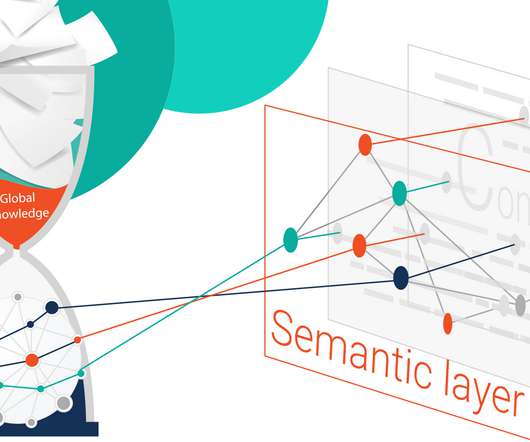
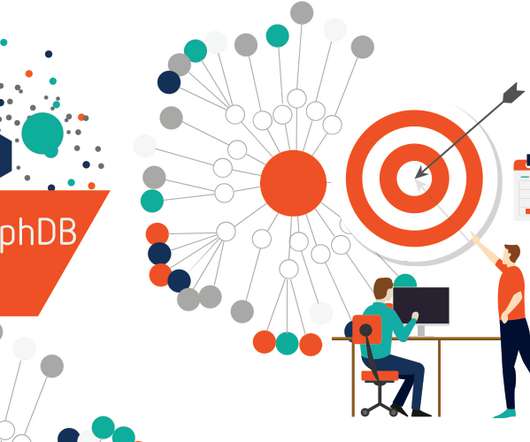
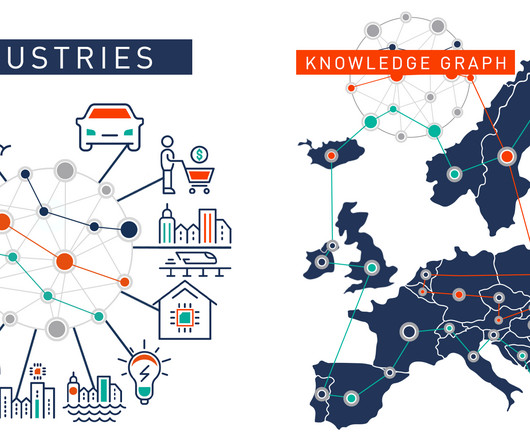

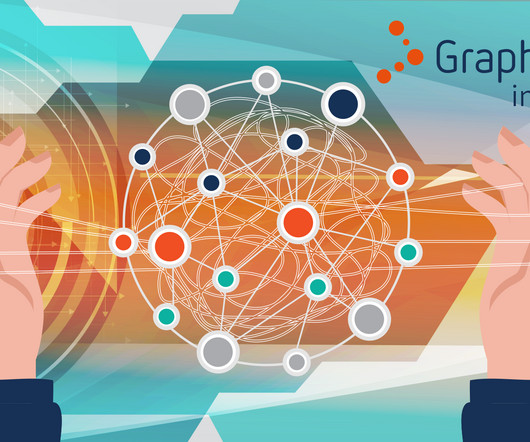
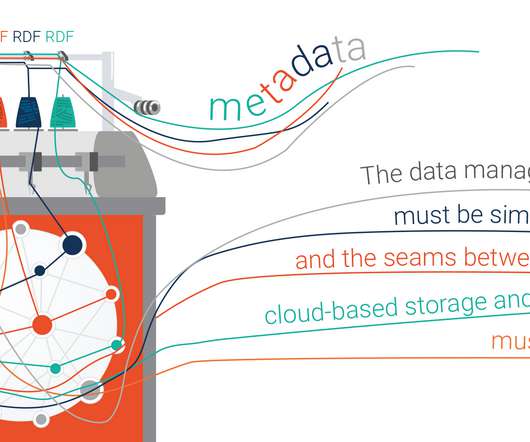
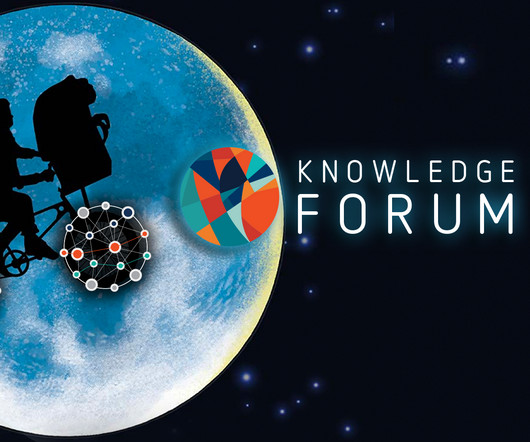

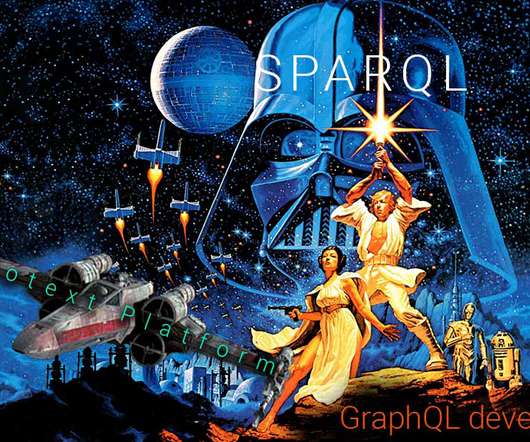
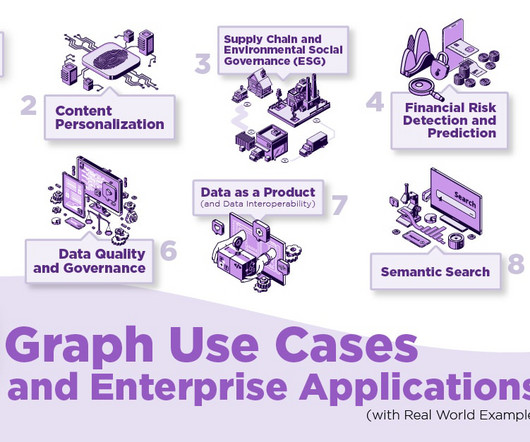
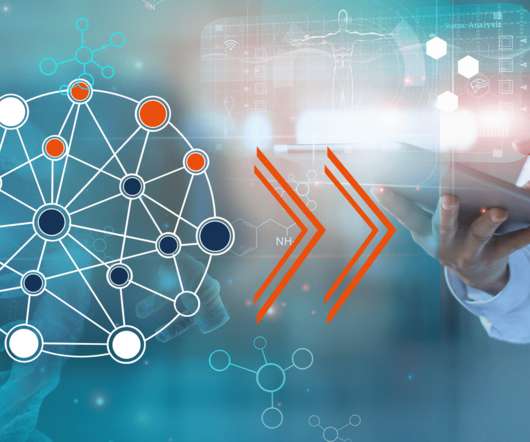










Let's personalize your content